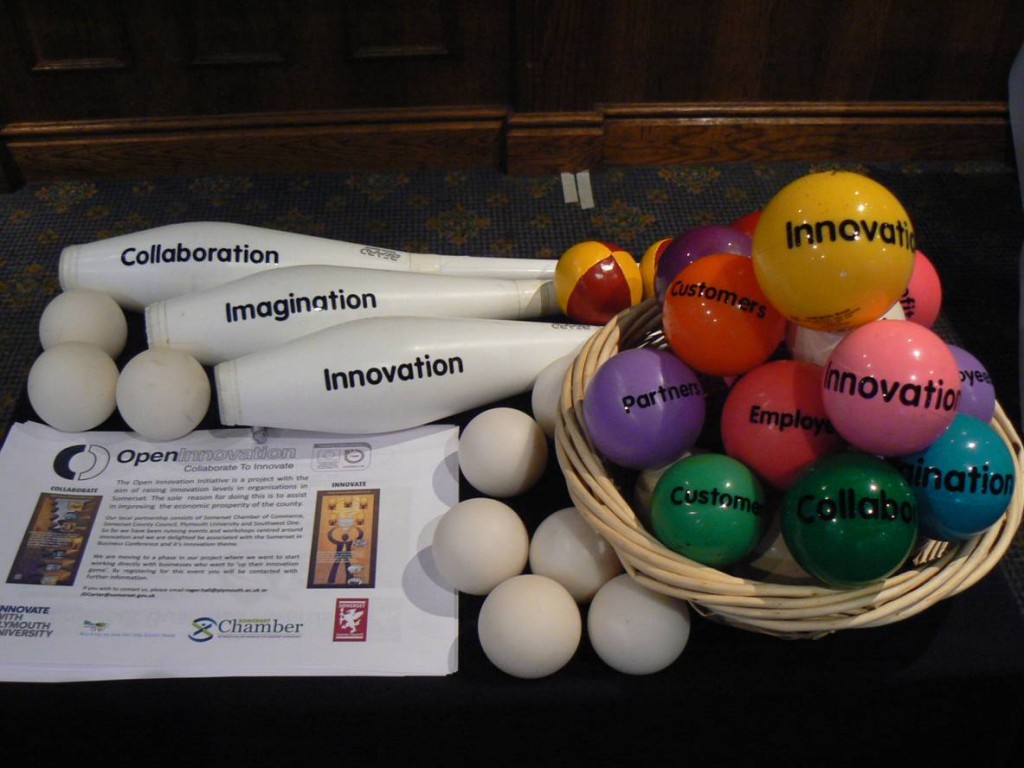 It never ceases to amaze me how innovative our customers in the Business & IP Centre are. In just the last couple of weeks I have been helping visitors who have re-invented the most iconic of household products, the umbrella and the corkscrew.
It never ceases to amaze me how innovative our customers in the Business & IP Centre are. In just the last couple of weeks I have been helping visitors who have re-invented the most iconic of household products, the umbrella and the corkscrew.
It started when a young man came up to the enquiry desk to ask if I could help find market research on the UK umbrella market. Sadly, the well-known publishers we hold such as Mintel and Keynote don’t tend to produce reports on niche markets like these. But a bit of creative researching led to some useful information on some of our other databases. I was of course curious as to why he wanted to know this information, (I would like to think this is part of what makes me a good information professional). “I guess you are going to tell me you have invented a new form of umbrella”, I said. His response was, “That is correct. I came up with the idea many years ago, and have now decided to patent it”.
As a heavy user of umbrellas to and from work (sadly they are necessary part of life in this rain ‘blessed’ nation), I can’t wait to see what his solution will be. The only real innovation I am aware of is the patented wind proof umbrella. Although an honourable mention should go to Squid London with their colour changing model, who just happen to be one of our Success Stories.
 The next encounter was with an older customer who wanted to find sales figures for corkscrews in the UK. Once again, we were not able to locate a market research report on this niche product. However we did manage to locate a few articles estimating sales and covering trends in the market.
The next encounter was with an older customer who wanted to find sales figures for corkscrews in the UK. Once again, we were not able to locate a market research report on this niche product. However we did manage to locate a few articles estimating sales and covering trends in the market.
As something of a gadget man I was interested in hearing about his corkscrew invention. But he wasn’t in a position to go into details at that point. However he did say that his idea was remarkably simple. I was left wondering if it will be any better than the ScrewPull system which is my current favourite. This involves the use of a low friction screw to penetrate the cork, combined with a mechanism that pulls it out of the bottle in one continuous movement.
By coincidence the previous evening Stephen Fry had been showing off what must be the most complicated and expensive corkscrew ever invented, on his Gadget Man television show.






